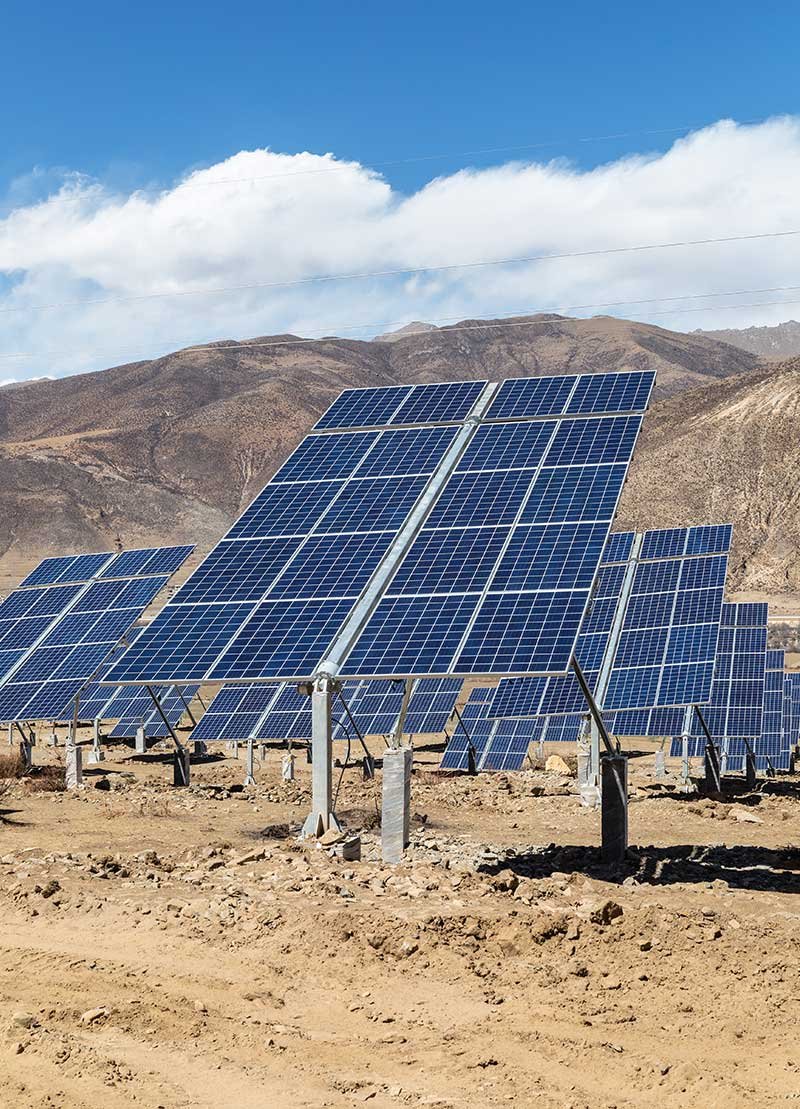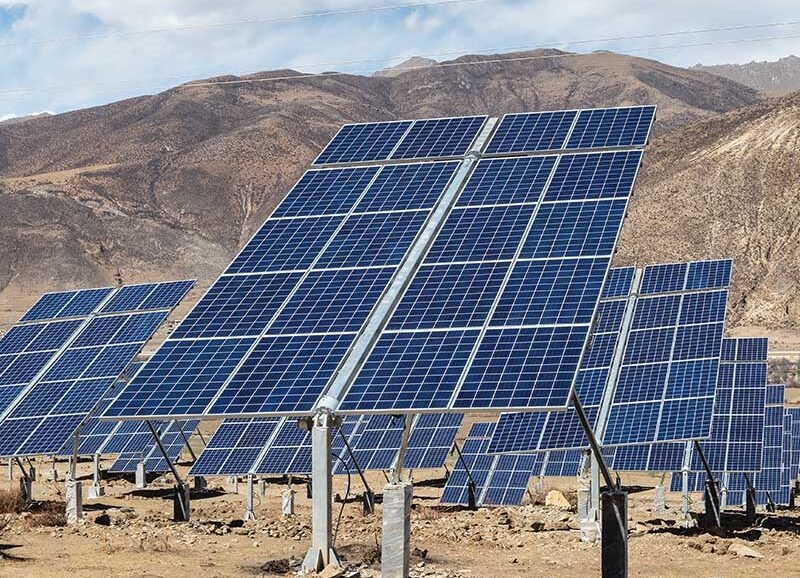Renewable Energy Roadmap for a Syrian Utility Operator in a Transitional Economy

Client
A state-affiliated utility operator in Syria sought expert support to transition from reliance on aging fossil fuel infrastructure toward integrating renewable energy sources. The aim was to develop a realistic and scalable roadmap that aligned with Syria’s energy recovery priorities while addressing ongoing challenges in grid reliability and fuel access.
Issues
The client faced multiple constraints, including outdated thermal power stations, fuel supply volatility, high transmission losses, and growing demand in areas experiencing population return. At the same time, there was increased interest in diversifying the energy mix with solar and wind to reduce operational risks, environmental impact, and long-term costs.
Solution
Eurogroup Consulting developed a renewable energy roadmap tailored to Syria’s post-conflict context, focusing on decentralized solar and hybrid systems. The plan outlined technical, regulatory, and financial pathways for integrating renewables while ensuring compatibility with the existing grid and infrastructure realities.
Approach
We conducted a comprehensive technical and financial review of existing generation and distribution assets, combined with solar potential mapping and feasibility assessments. This was supported by stakeholder consultations to prioritize energy needs by region. We focused on pilot-ready solar projects, hybrid grid designs, and practical procurement frameworks that accounted for limited resources.
Recommendations:
Our team recommended investing in solar mini-grids for essential public services, piloting hybrid diesel-solar systems for isolated communities, and modernizing grid sections to accommodate variable renewable inputs. We also advised on developing a renewable energy policy framework and incentives to attract donor and private sector involvement.
Engagement ROI
The roadmap positioned the utility operator to launch three pilot solar projects within the first year, secure co-financing interest from development agencies, and reduce diesel dependence in two critical zones. It also provided a phased plan for scaling renewables over a 5–10 year period—supporting Syria’s move toward more sustainable and resilient energy generation.


